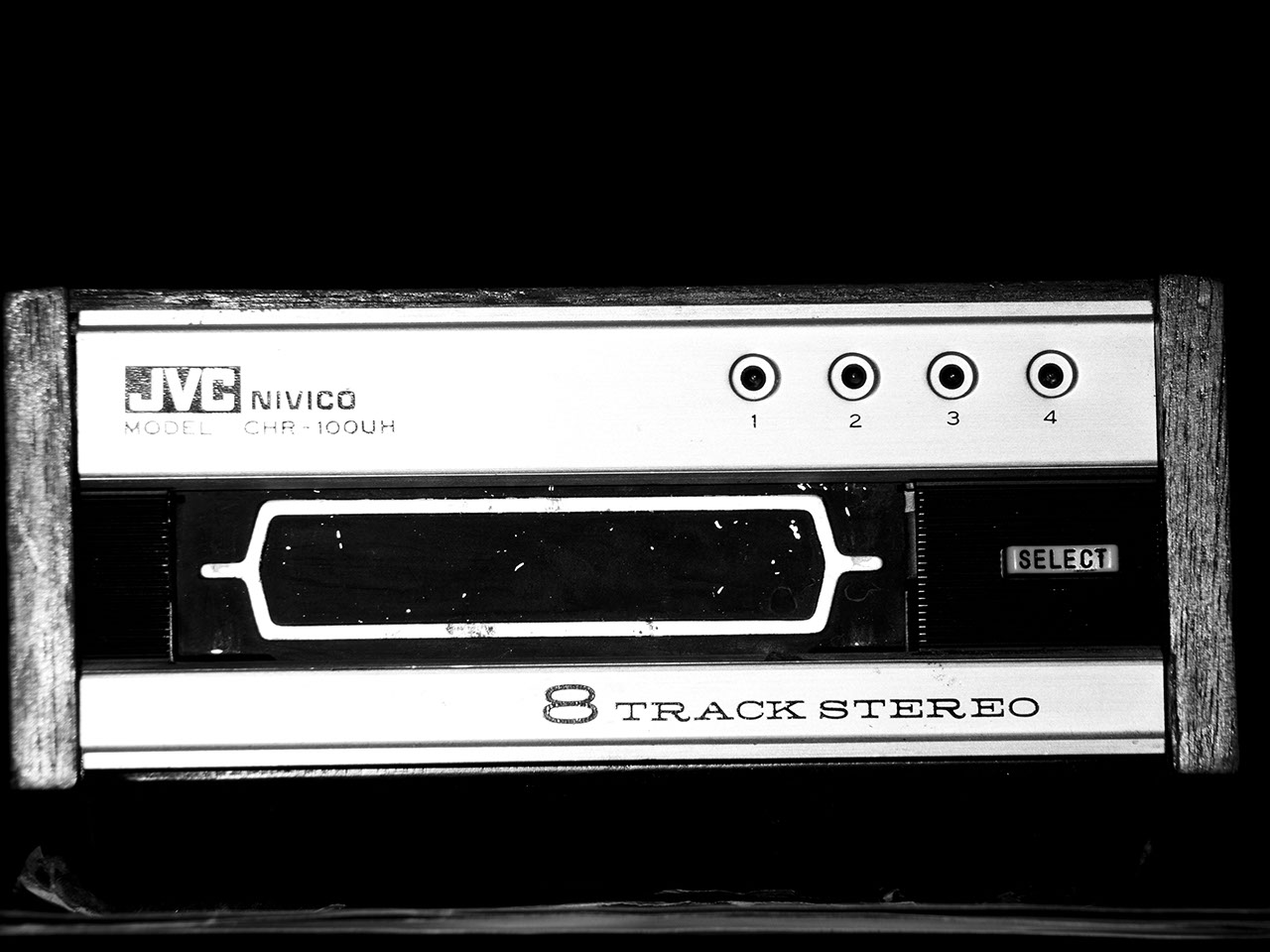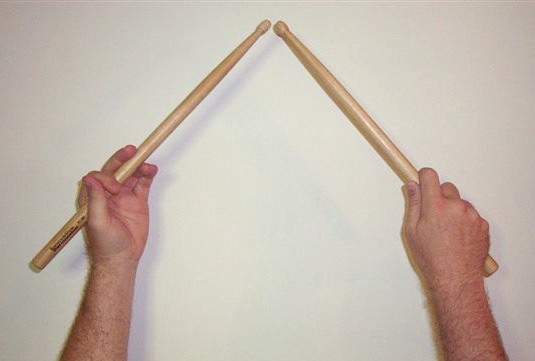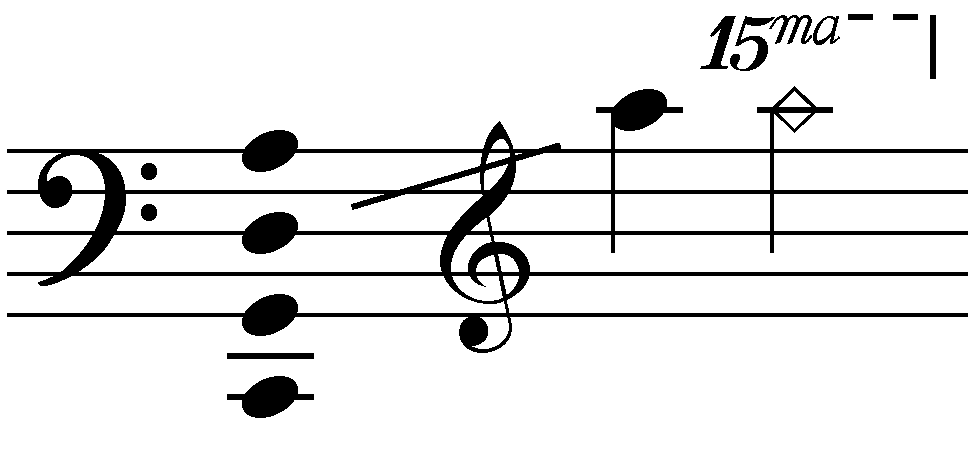|
Up Popped The Two Lips
''Up Popped the Two Lips'' is an album by Henry Threadgill featuring seven of Threadgill's compositions performed by Threadgill's Zooid. The album was the second album on the Pi Records label and was released simultaneously with '' Everybodys Mouth's a Book'' by Threadgill & Make a Move in 2001. Reception Both of Threadgill's initial Pi Recordings releases attracted critical approval. The Allmusic review by Thom Jurek awarded the album 4 stars, stating, "This is a fun, deft, and smart record. Threadgill is more on his game as a composer and as a bandleader than at any point in his career."Jurek, T. Allmusic Reviewaccessed February 12, 2010. The All About Jazz review by Glenn Astarita stated, "it is a joy to delve into the band's multidirectional evolutionary processes." ''The Boston Phoenixs Ed Hazell stated, "Threadgill has mixed these elements before, but not all in one working band, and he’s rarely given himself as much solo room in music so heavily composed."Hazell, EChangin ... [...More Info...] [...Related Items...] OR: [Wikipedia] [Google] [Baidu] |
Album
An album is a collection of audio recordings issued on compact disc (CD), Phonograph record, vinyl, audio tape, or another medium such as Digital distribution#Music, digital distribution. Albums of recorded sound were developed in the early 20th century as individual Phonograph record#78 rpm disc developments, 78 rpm records collected in a bound book resembling a photograph album; this format evolved after 1948 into single vinyl LP record, long-playing (LP) records played at revolutions per minute, rpm. The album was the dominant form of recorded music expression and consumption from the mid-1960s to the early 21st century, a period known as the album era. Vinyl LPs are still issued, though album sales in the 21st-century have mostly focused on CD and MP3 formats. The 8-track tape was the first tape format widely used alongside vinyl from 1965 until being phased out by 1983 and was gradually supplanted by the cassette tape during the 1970s and early 1980s; the populari ... [...More Info...] [...Related Items...] OR: [Wikipedia] [Google] [Baidu] |
Flute
The flute is a family of classical music instrument in the woodwind group. Like all woodwinds, flutes are aerophones, meaning they make sound by vibrating a column of air. However, unlike woodwind instruments with reeds, a flute is a reedless wind instrument that produces its sound from the flow of air across an opening. According to the instrument classification of Hornbostel–Sachs, flutes are categorized as edge-blown aerophones. A musician who plays the flute is called a flautist or flutist. Flutes are the earliest known identifiable musical instruments, as paleolithic examples with hand-bored holes have been found. A number of flutes dating to about 53,000 to 45,000 years ago have been found in the Swabian Jura region of present-day Germany. These flutes demonstrate that a developed musical tradition existed from the earliest period of modern human presence in Europe.. Citation on p. 248. * While the oldest flutes currently known were found in Europe, Asia, too, has ... [...More Info...] [...Related Items...] OR: [Wikipedia] [Google] [Baidu] |
2001 Albums
1 (one, unit, unity) is a number representing a single or the only entity. 1 is also a numerical digit and represents a single unit of counting or measurement. For example, a line segment of ''unit length'' is a line segment of length 1. In conventions of sign where zero is considered neither positive nor negative, 1 is the first and smallest positive integer. It is also sometimes considered the first of the infinite sequence of natural numbers, followed by 2, although by other definitions 1 is the second natural number, following 0. The fundamental mathematical property of 1 is to be a multiplicative identity, meaning that any number multiplied by 1 equals the same number. Most if not all properties of 1 can be deduced from this. In advanced mathematics, a multiplicative identity is often denoted 1, even if it is not a number. 1 is by convention not considered a prime number; this was not universally accepted until the mid-20th century. Additionally, 1 is ... [...More Info...] [...Related Items...] OR: [Wikipedia] [Google] [Baidu] |
Drum Kit
A drum kit (also called a drum set, trap set, or simply drums) is a collection of drums, cymbals, and other auxiliary percussion instruments set up to be played by one person. The player (drummer) typically holds a pair of matching drumsticks, one in each hand, and uses their feet to operate a foot-controlled hi-hat and bass drum pedal. A standard kit may contain: * A snare drum, mounted on a stand * A bass drum, played with a beater moved by a foot-operated pedal * One or more tom-toms, including rack toms and/or floor toms * One or more cymbals, including a ride cymbal and crash cymbal * Hi-hat cymbals, a pair of cymbals that can be manipulated by a foot-operated pedal The drum kit is a part of the standard rhythm section and is used in many types of popular and traditional music styles, ranging from rock and pop to blues and jazz. __TOC__ History Early development Before the development of the drum set, drums and cymbals used in military and orchestral mu ... [...More Info...] [...Related Items...] OR: [Wikipedia] [Google] [Baidu] |
Dafnis Prieto
Dafnis Prieto (born July 31, 1974) is a Cuban-American drummer, composer, bandleader, and educator. Career In his home town of Santa Clara, Cuba, Prieto studied percussion and guitar. During his teens, he moved to Havana to study at the National School of Music. He concentrated on classical music and Afro-Cuban music before paying more attention to jazz. In 1999, when he was twenty-five, Prieto moved to New York City, where he worked with Eddie Palmieri, Carlos Barbosa-Lima, Arturo O'Farrill, Dave Samuels, and Michel Camilo, among many others. Prieto has conducted master classes, clinics, and workshops. From 2005 to 2015, he was a member of the music faculty at New York University. Since 2015, he has taught at the Frost School of Music at the University of Miami in Miami, Florida. Awards and honors * 2007 Grammy nomination, Best Latin Jazz Album, Dafnis Prieto ''Absolute Quintet'' (Zoho Music) * 2007 Latin Grammy nomination, Best New Artist * 2011 MacArthur Fellow * 2018 La ... [...More Info...] [...Related Items...] OR: [Wikipedia] [Google] [Baidu] |
Cello
The cello ( ; plural ''celli'' or ''cellos'') or violoncello ( ; ) is a Bow (music), bowed (sometimes pizzicato, plucked and occasionally col legno, hit) string instrument of the violin family. Its four strings are usually intonation (music), tuned in perfect fifths: from low to high, scientific pitch notation, C2, G2, D3 and A3. The viola's four strings are each an octave higher. Music for the cello is generally written in the bass clef, with tenor clef, and treble clef used for higher-range passages. Played by a ''List of cellists, cellist'' or ''violoncellist'', it enjoys a large solo repertoire Cello sonata, with and List of solo cello pieces, without accompaniment, as well as numerous cello concerto, concerti. As a solo instrument, the cello uses its whole range, from bassline, bass to soprano, and in chamber music such as string quartets and the orchestra's string section, it often plays the bass part, where it may be reinforced an octave lower by the double basses. Figure ... [...More Info...] [...Related Items...] OR: [Wikipedia] [Google] [Baidu] |
Dana Leong
Dana Leong is a 2011 Grammy Award Winning multi-instrumentalist, composer, producer, US Ambassador of Music, adventurer, philanthropist & entrepreneur from the San Francisco Bay Area, who is known for mixing elements of traditional instruments such as his electric cello and trombone with electronic music and visuals. Early life Leong's mother, the Japanese pianist Sumiko Nagasawa, gave piano lessons with the infant Dana sleeping in her lap. Leong's violin instructor Marjorie Lin found that Leong possessed perfect pitch when he would repeatedly ask her to tune his violin. As a teen, he studied cello under Kathleen Johnson, Julian Hersh and Irene Sharp while also studying trombone under Paul Welcomer of the San Francisco Symphony, Wayne Wallace and Dr. Arthur Barnes and Fred Berry at Stanford University and David Taylor at the Manhattan School of Music. While in middle and high school, Leong was selected for principal positions playing both Cello & Trombone in the California ... [...More Info...] [...Related Items...] OR: [Wikipedia] [Google] [Baidu] |
Tuba
The tuba (; ) is the lowest-pitched musical instrument in the brass instrument, brass family. As with all brass instruments, the sound is produced by lip vibrationa buzzinto a mouthpiece (brass), mouthpiece. It first appeared in the mid-19th century, making it one of the newer instruments in the modern orchestra and concert band. The tuba largely replaced the ophicleide. ''Tuba'' is Latin for "trumpet". A person who plays the tuba is called a tubaist, a tubist, or simply a tuba player. In a British Brass band (British style), brass band or military band, they are known as bass players. History Prussian Patent No. 19 was granted to Wilhelm Friedrich Wieprecht and Johann Gottfried Moritz (1777–1840) on September 12, 1835 for a "bass tuba" in F1. The original Wieprecht and Moritz instrument used five valves of the Brass instrument valve#Double-piston valve, Berlinerpumpen type that were the forerunners of the modern piston valve. The first tenor tuba was invented in 1838 ... [...More Info...] [...Related Items...] OR: [Wikipedia] [Google] [Baidu] |
José Davila
José is a predominantly Spanish and Portuguese form of the given name Joseph. While spelled alike, this name is pronounced differently in each language: Spanish ; Portuguese (or ). In French, the name ''José'', pronounced , is an old vernacular form of Joseph, which is also in current usage as a given name. José is also commonly used as part of masculine name composites, such as José Manuel, José Maria or Antonio José, and also in female name composites like Maria José or Marie-José. The feminine written form is ''Josée'' as in French. In Netherlandic Dutch, however, ''José'' is a feminine given name and is pronounced ; it may occur as part of name composites like Marie-José or as a feminine first name in its own right; it can also be short for the name ''Josina'' and even a Dutch hypocorism of the name ''Johanna''. In England, Jose is originally a Romano-Celtic surname, and people with this family name can usually be found in, or traced to, the English county of C ... [...More Info...] [...Related Items...] OR: [Wikipedia] [Google] [Baidu] |
Tarik Benbrahim
Tariq ( ar, طارق) is an Arabic word and given name. Etymology The word is derived from the Arabic verb , ('), meaning "to strike", and into the agentive conjugated doer form , ('), meaning "striker". It became popular as a name after Tariq ibn Ziyad, a Muslim military leader who conquered Iberia in the Battle of Guadalete in 711 AD. In literature and placenames Ṭariq is used in classical Arabic to refer to a visitor at night (a visitor "strikes" the house door). Due to the heat of travel in the Arabian Peninsula, visitors would generally arrive at night. The use of the word appears in several places including the Quran, where ṭāriq is used to refer to the brilliant star at night, because it comes out visiting at night, and this is the common understanding of the word nowadays due to the Qur'an. It can also be found in many poems. For example, from the famous poets Imru' al-Qais and Jarir ibn Atiyah. Gibraltar is the Spanish derivation of the Arabic name Jabal A� ... [...More Info...] [...Related Items...] OR: [Wikipedia] [Google] [Baidu] |
Acoustic Guitar
An acoustic guitar is a musical instrument in the string family. When a string is plucked its vibration is transmitted from the bridge, resonating throughout the top of the guitar. It is also transmitted to the side and back of the instrument, resonating through the air in the body, and producing sound from the sound hole. The original, general term for this stringed instrument is ''guitar'', and the retronym 'acoustic guitar' distinguishes it from an electric guitar, which relies on electronic amplification. Typically, a guitar's body is a sound box, of which the top side serves as a sound board that enhances the vibration sounds of the strings. In standard tuning the guitar's six strings are tuned (low to high) E2 A2 D3 G3 B3 E4. Guitar strings may be plucked individually with a pick (plectrum) or fingertip, or strummed to play chords. Plucking a string causes it to vibrate at a fundamental pitch determined by the string's length, mass, and tension. ( Overtones are also ... [...More Info...] [...Related Items...] OR: [Wikipedia] [Google] [Baidu] |
Liberty Ellman
Liberty Ellman (born July 17, 1971) is a jazz guitarist born in London and raised in the United States, beginning in New York City. In the early 1980s, Ellman's family moved to California. Before leaving New York, he attended City and Country School in Greenwich Village. Biography In the 1990s, Ellman was associated with the M-Base musical scene in San Francisco, California, where he played with Vijay Iyer, Miya Masaoka, Ledisi, Steve Coleman, Eric Crystal, EW Wainwright's African Roots of Jazz, Omar Sosa, and D'Armous Boone Collective. He worked with hip hop acts the Coup and Midnight Voices, and performed opening spots for Devo, Ice Cube, Pharcyde, and the Stray Cats. During this time Ellman composed for the San Francisco Mime Troupe. He released his debut album on his label, Red Giant Records, in 1997 and moved back to New York City the following year. Ellman has performed and recorded with Ben Goldberg, Okkyung Lee, Steve Lehman, Joe Lovano, Rudresh Mahanthappa, Barney M ... [...More Info...] [...Related Items...] OR: [Wikipedia] [Google] [Baidu] |






